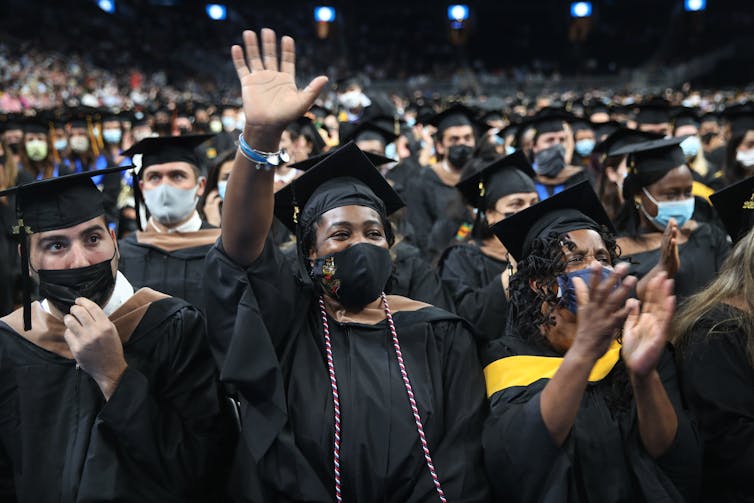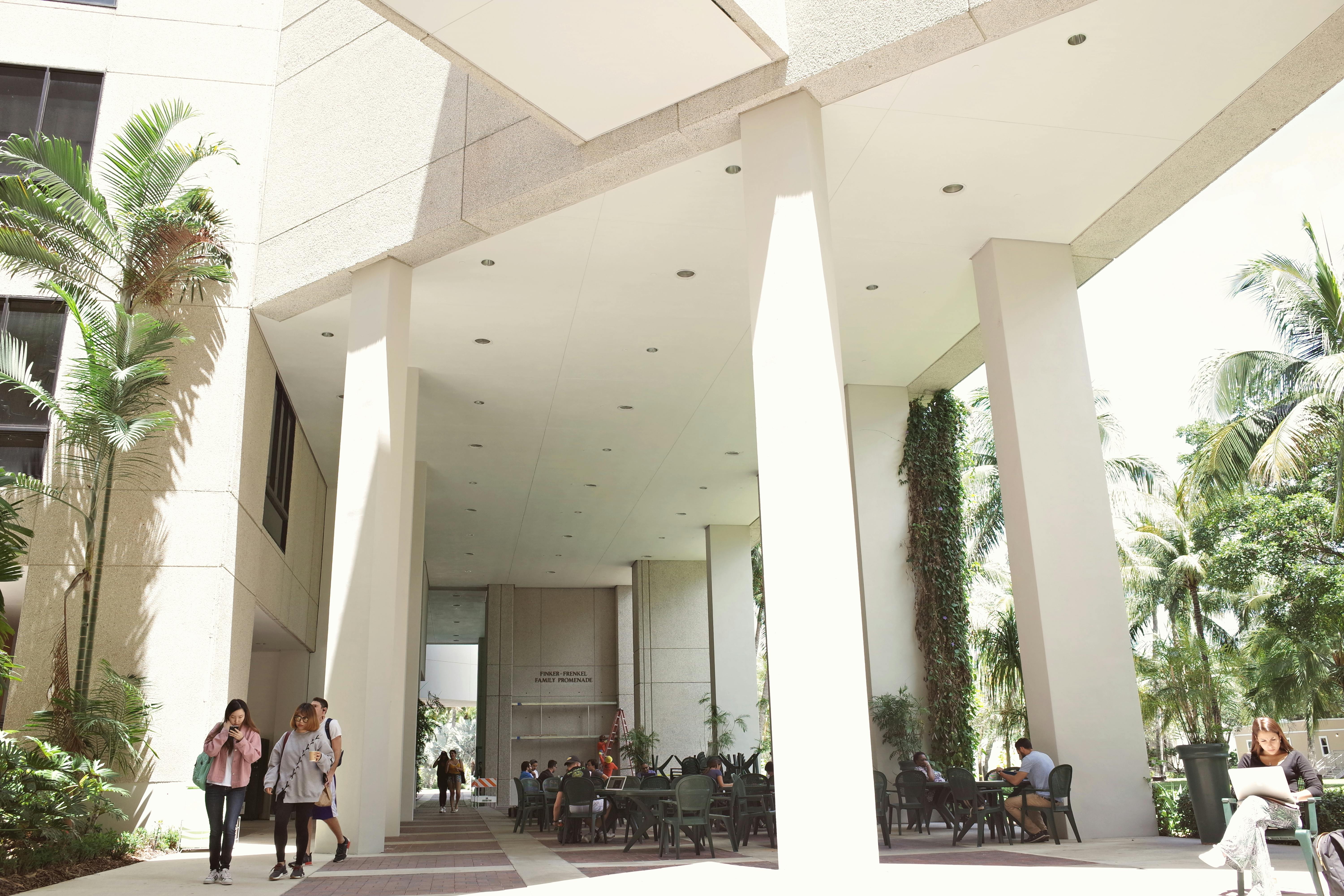Despite $400 boost, Pell Grants fall far short of original goal to make college more affordable for low- and middle-income students
Tips
 The Pell Grant covers less than 30 percent of the costs to attend a four-year public college. Craig F. Walker/The Boston Globe via Getty Images
The Pell Grant covers less than 30 percent of the costs to attend a four-year public college. Craig F. Walker/The Boston Globe via Getty Images
Donald E. Heller, University of San Francisco
Back around when the Pell Grant was created by Congress in 1973 to help students from low-income families pay for higher education, it covered 80% of the costs of attending a public four-year college or university. And it covered over 40% of the costs of going to a private one.
Today, thanks to increases in tuition costs and Pell Grants not keeping pace, they cover less than 30% of the costs at a public university and less than 20% of the costs at private institutions, according an analysis I conducted using College Board data.
With that history in mind, President Joe Biden’s budget, which increases the maximum Pell Grant by $400 – from $6,495 to $6,895 – for the 2022-2023 school year, should boost the purchasing power of the grant. But it still falls short of restoring that purchasing power to where it was when the Pell Grant was created nearly 50 years ago, a goal for which many in higher education have advocated.
I make this observation as a veteran university administrator and as a researcher who has spent the last 25 years studying what factors enable students to enroll in college and get a degree.
Pell Grants yesterday and today
Over $26 million in Pell Grants were awarded to approximately 6.2 million students in the 2020-2021 school year, with the average recipient receiving just over $4,200.
The grants, originally called Basic Educational Opportunity Grants, were renamed in 1980 after the late U.S. Senator Claiborne Pell, a Democrat from Rhode Island and an early champion of the grant.
In line with the goals of the Higher Education Act, which was originally passed in 1965, the grants were designed to be the foundation of college funding for students from poor- and moderate-income families. They were also meant to be a mechanism to help eliminate the gap in the rates at which these students attend college and graduate in relation to their peers from wealthier families.
The idea was that with a Pell Grant, a student could afford to pay the major components of the cost of attendance at a public four-year institution without having to borrow a lot of money or work a lot of hours at a job, particularly off campus.
For students at private colleges, Pell Grants would cover a substantial amount of their education costs, too, but not to the same extent as public colleges, which typically cost less to attend.
Losing purchasing power
As tuition prices have increased, the size of Pell Grants – which are subject to approval from Congress – has not kept pace, causing their purchasing power to decline.
This erosion of the value of a Pell Grant has affected college access in a number of ways. Poorer students have become more reliant on loans to finance their education, as Pell covers less of the costs.
These poorer students are also more likely to be enrolled in a community college because of the lower prices in two-year colleges. The post-graduation job prospects of a student with a community college degree are not as good as they are for one who graduates with a bachelor’s degree, studies have shown. And the labor market returns to a community college degree are lower than those of bachelor’s degrees.
Pell Grants have helped close the college access gap. While low-income students almost doubled the rate at which they enrolled in college after graduating from high school – from 35% in 1975 to 67% in 2016 – high-income students also increased their college-going rate.
While the poorest students have achieved parity with their middle-income peers, both groups still lag behind the college attendance rates of students from wealthier families. So while Pell Grants have helped close some of the gap, students from higher-income families still attend college at a rate 16 percentage points more than poor students.
Increasing the Pell Grant’s power
The $400 increase in the Pell Grant maximum is the largest since the $619 increase in 2009. However, with the price of college continuing to grow, this increase will bring the purchasing power of Pell to just over 30% of the cost of attending college. This is a small step in the right direction, but not nearly enough to help students from moderate-income families.
Many higher education organizations, including the American Council on Education, the National Association of Student Financial Aid Administators and the National Association of Independent Colleges and Universities, have called for doubling the Pell Grant. This would be an important step toward having Pell Grants cover as much for today’s students as they did a generation or two ago.
Data from The College Board demonstrates that a $13,000 Pell Grant – roughly double this year’s maximum of $6,495 – would provide 57% of the college costs at a public institution. However, this is still well below what it covered in the 1970s. Without increased support, poorer students will continue to lag their wealthier peers in achieving the American dream of a college education.
[Over 150,000 readers rely on The Conversation’s newsletters to understand the world. Sign up today.]![]()
Donald E. Heller, Provost and Vice President of Academic Affairs, University of San Francisco
This article is republished from The Conversation under a Creative Commons license. Read the original article.
The views and opinions expressed in the article are solely those of their authors, and do not necessarily reflect the opinions and beliefs of UDiversity.com.





Comments (5)
Best Company Reply
- Ali Tufan
- 2 days ago
Lorem ipsum dolor sit amet, consectetur adipiscing elit. Fusce vel augue eget quam fermentum sodales. Aliquam vel congue sapien, quis mollis quam.Because Other Candidates
- Martha Griffin
- 23 August 2018
Lorem ipsum dolor sit amet, consectetur adipiscing elit. Fusce vel augue eget quam fermentum sodales. Aliquam vel congue sapien, quis.Aldus PageMaker including versions Reply
Lorem ipsum dolor sit amet, consectetur adipiscing elit. Fusce vel augue eget quam fermentum sodales. Aliquam vel congue sapien, quis mollis quam.